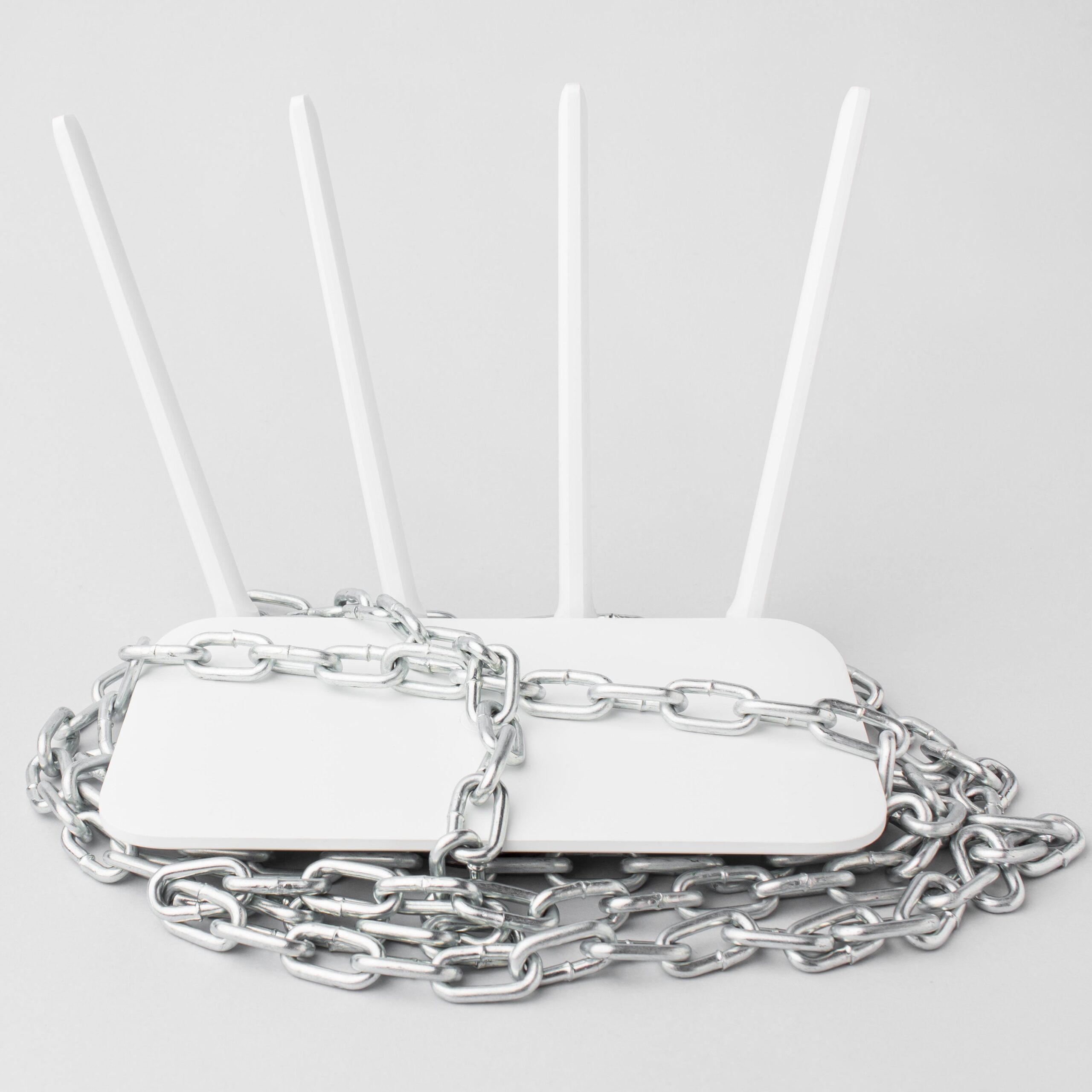Seamless connection between devices is very important in the digital society of today. Your data relies on effective routing within a network whether you’re streaming content, distributing a file, or messaging. One of the main technologies facilitating this is called second switching 2nd.
Let’s investigate this word’s significance and how it powers device-to- device networking.
What kind of switching is 2nd?
Using particular networking equipment, switching 2nd is the process of relaying data packets from one device to another. Such equipment—switches and routers among others—direct the best path for the data to go.
It guarantees the prompt and dependable arrival of packets at the correct destination.
Why Should You Change 2nd?
Modern networks would not operate effectively without changing 2nd. Each time a smartphone, computer, or smart device connects with another, data has to be correctly channeled across a sophisticated network.
This switching method improves data flow, lowers delays, and increases the general network performance.
In simple terms, how switching 2nd works
Think of your network as a highway with cars representing data packets. Like a traffic control system, changing 2nd guides every car to its destination collision-free.
Operating at Layer 2, the data link layer of the OSI model, switches guarantee data reaches the intended device by using MAC addresses for decision-making.
Devices Using Switching 2nd
The network switch is the main component used in switching 2nd. Local area networks (LANs) are created in residences, companies, and data centers using these.
Other tools, like managed switches and routers, can also do switching duties, therefore enabling more extensive network connection and traffic management.
Advantages of Changing 2nd in Communication
Switching 2nd lets several devices concurrently share data without interruption. Faster data transfer is supported, latency is lowered, and network problems are more simply isolated.
By restricting which devices can communicate directly, this technology also improves network security.
The distinction between switching 2nd and routing?
Routing transfers data across many networks; switches manage local communication between devices. Routers connect you to the internet or external systems; switches process traffic inside the network.
Though both are crucial, internal data flow depends mostly on changing 2nd forms.
Real-World Instances of Switching 2nd
Switching 2nd on a school or corporate network lets servers, printers, and desktops to immediately communicate. A file sent from a workstation to a shared printer traverses a switch that effectively controls the traffic.
Smart houses, where appliances like TVs, thermostats, and voice assistants trade information, follow the same idea.
Switching 2nd’s Future and Difficulties
Although switching 2nd has developed to help quicker speeds and better traffic management, problems still remain. The call for more effective and safe switching increases as networks become more complicated.
Already used to improve switching 2nd performance are future technologies like artificial intelligence-driven switches and software-defined networking (SDN).
From streaming to online collaboration, device-to–device communication is at the foundation. Switching 2nd helps to enable this by rapidly, securely, and accurately directing data.
Knowing how switching 2nd functions will enable companies and people to maximize their digital surroundings as networking keeps developing.











